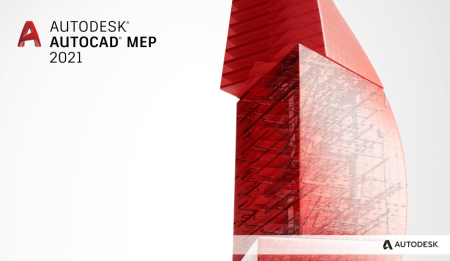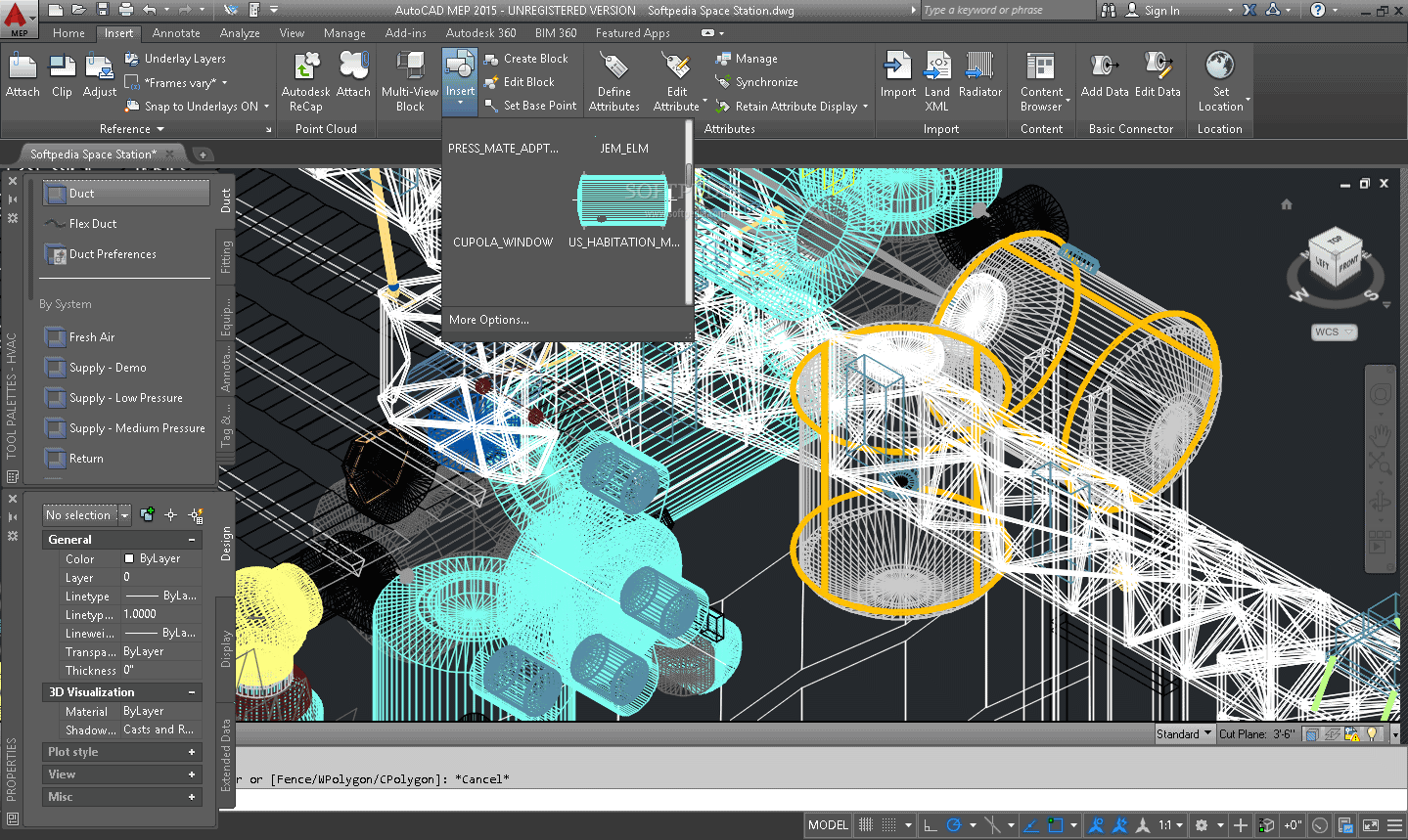

You end up with a 1-line display, but have more control when needed. All pipes fall below that limit and show as 1-line. If you always want 1-line, set the limit in the system definition to a rarely used large diameter. The point is that with pipe by size display, you control when pipes show as 1-line or 2-line by raising or lowering the threshold. Sometimes you may want large diameter pipes (like a large main), to be 2-line with all smaller branches as 1-line.

So small pipes are almost always 1-line, not just for simplicity but because the lines don't blend when plotted. Then in your sheet or paperspace, set it to "Mechanical - Pipe By Size." The pipe by size display recognizes that sometimes you want 1-line and in some cases 2-line. That includes the one line by size calculation for piping. The display "MEP Basic 2-Line" is a performance display that cuts out all calculations. This helps everyone find answers more quickly! If my post answers your question, please click the "Accept as Solution" button. You should log feedback at the feedback site here. If memory serves, that was an exception to the feature. Rise-drop symbols may not yet obey the settings. You also set the size of the symbolic valves and fittings. On this tab, you set the threshold between 2-line pipe, 1-line pipe and graphical 1-line. Stick with "MEP Design" or "Pipe By Size." These two displays use the Pipe System Definition > Single Line Graphics tab. My recommendation is not to use it unless using it as a starting point to make a new display. It has basic defaults (like a template) but should not be used as your "primary" display to be used. You will notice in Style Manager that all have a "standard" style as well. We have the "standard" display because of a requirement from Core AutoCAD. The "standard" display is not an MEP display.


 0 kommentar(er)
0 kommentar(er)
